The geographical characteristics of an area dictate which renewable energy sources will work best. Because renewable energy is inherently, though predictably, intermittent, governments will need to build supplementary systems. Basically, no single technology will answer all of the world’s needs. However, a “portfolio” of technologies should do the trick. Businessman and climate change expert Chris Goodall describes 10 technologies in intricate detail, from the well-known to the obscure, and explains clearly which will work where, and why. Each technology has the potential to reduce the world’s annual carbon dioxide output by 10%. Although quite technical, getAbstract recommends this book to businesspeople, plant managers, home owners and others who value social responsibility and sustainability.
Light at the End of the Tunnel
Although the prospect of slowing global warming sometimes seems hopeless, the world in fact has the ability to build low-carbon economies with lower energy prices. However, renewable technologies are in their infancies and will require lots of capitalization to fulfill their potential. Until the price of alternative fuels becomes competitive with petroleum, governments must encourage innovation, rapid adoption and reduction of carbon emissions. Halting climate change would require developed countries to spend an additional 5% annually on energy for about the next decade. However, there is no one-size-fits-all solution. Each country has different energy needs. Countries should mix-and-match from the following 10 technologies to mitigate their individual carbon footprints:
1. “Capturing the Wind”
Despite price spikes in 2006-2007 for turbine materials and a temporary inability to fulfill an overwhelming worldwide demand, wind power looks set to deliver decreasing costs in the near future. It already attracts plenty of investment and turns a profit. It is approaching cost competitiveness with traditional energy generation, not including...









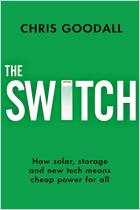
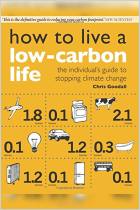
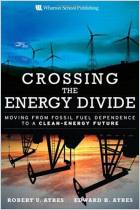
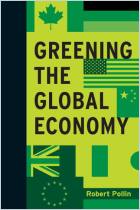

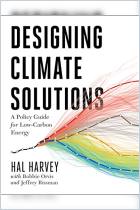
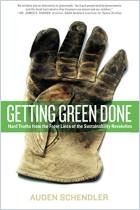
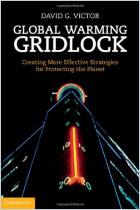






Comment on this summary